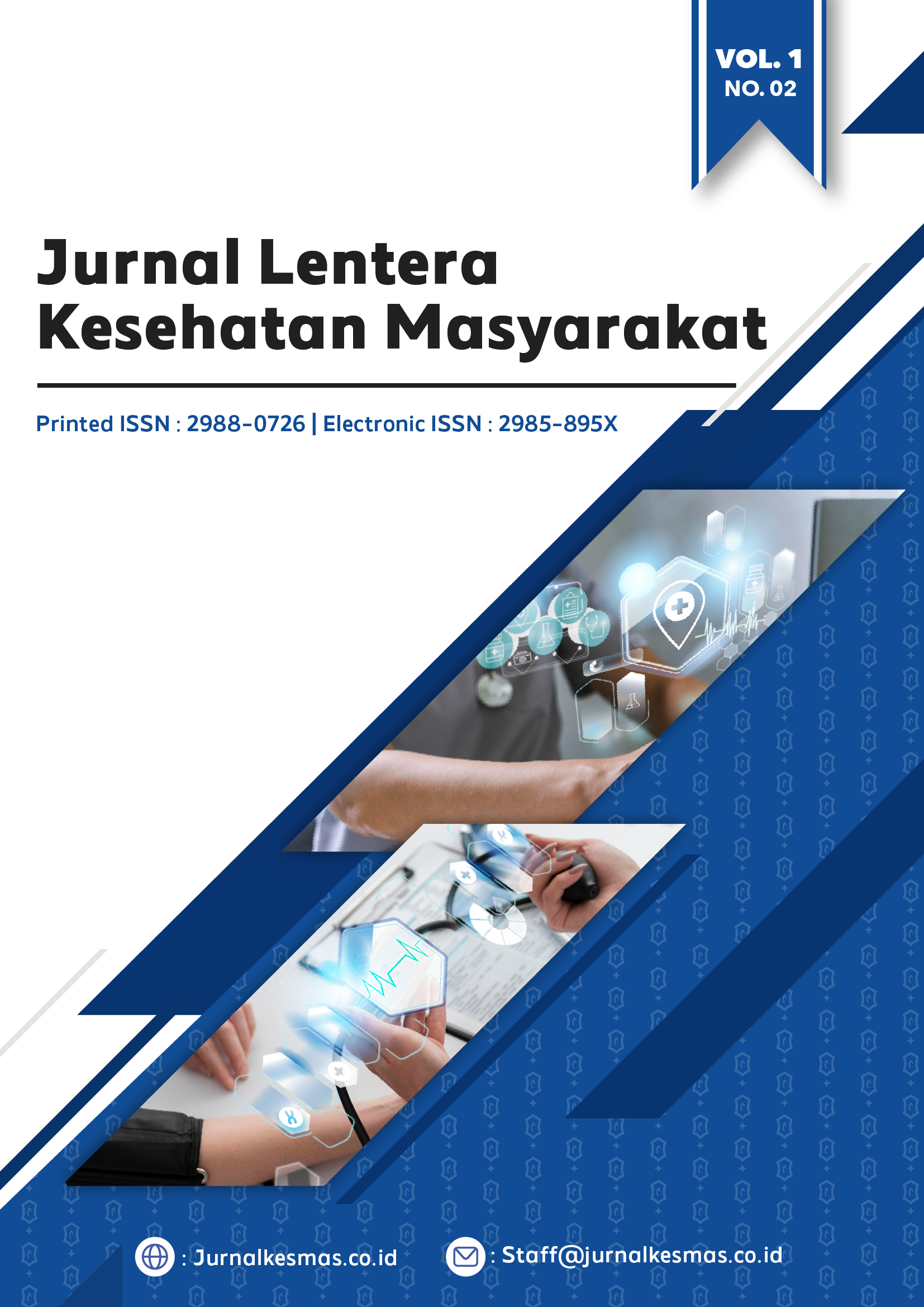Hubungan antara Beban Kerja Fisik dan Waktu Kerja dengan Perasaan Kelelahan pada Karyawan Dazzle Wilayah Kabupaten Sleman Yogyakarta
Main Article Content
Abstract
Latar Belakang: Kelelahan adalah bahaya keselamatan di tempat kerja dan dapat menurunkan produktivitas kerja. Kelelahan yang terjadi secara terus menerus akan menjelma menjadi kelelahan kronis. Rasa lelah yang dialami penderita dapat terjadi sebelum melakukan pekerjaan, selama bekerja dan dapat terjadi setelah melakukan pekerjaan pada waktu sore hari. Kelelahan terjadi apabila beban kerja sebesar 30-40% dari kapasitas kerja dan pekerjaan statis yang dilakukan dalam jangka waktu yang lama. Memperpanjang waktu kerja lebih dari kemampuan lama kerja akan timbul kecenderungan untuk terjadinya kelelahan. Pekerjaan apapun jenisnya akan menjadi beban bagi yang melakukan, baik itu beban kerja fisik ataupun mental. Metode: Jenis penelitian kuantitatif dengan metode analitik observasional pendekatan cross sectional. Teknik pengambilan sampel dengan menggunakan total sampling dengan jumlah populasi 50 pekerja dan sampel 50 pekerja. Instrument yang digunakan yaitu kuesioner dan pengukuran denyut nadi dengan menggunakan stopwatch. Analisis data menggunakan analisis univariat dan analisis bivariat menggunakan uji chi-square. Hasil: Penelitian menunjukkan bahwa beban kerja fisik dengan perasaan kelelahan didapat nilai p-value 0,000 (p<0,05) yang berarti ada hubungan antara beban kerja fisik dengan perasaan kelelahan. Sedangkan hubungan waktu kerja dengan perasaan kelelahan didapat nilai p-value 0,002 (p<0,05) yang berarti ada hubungan antara waktu kerja dengan perasaan kelelahan Kesimpulan: Ada hubungan antara waktu kerja dengan perasaan kelelahan, ada hubungan antara beban kerja fisik dengan perasaan kelelahan.
Article Details
Section
Authors who publish with Jurnal Lentera Kesehatan Masyarakat (JLKM) agree to the following terms:
-
All articles published in JLKM are Open Access, meaning they are immediately and permanently free for anyone to read and download.
-
The journal uses the Creative Commons Attribution-NonCommercial 4.0 International License (CC BY-NC 4.0). This license ensures that all published works remain free for non-commercial use, and protects authors from unauthorized commercial exploitation of their work.
-
Under this license, anyone is permitted to use, copy, share, adapt, remix, transform, and build upon the material in any medium or format, provided that:
-
Appropriate credit is given to the original authors and source;
-
A link to the license is provided;
-
Any changes made are indicated;
-
The use is non-commercial in nature.
-
-
Authors retain the rights to patents, trademarks, and other intellectual property, including research data.
-
Authors are entitled to proper attribution and credit for their published work.
Copyright Transfer Agreement
- PT. Lentera Kesehatan Indonesia, as the publisher of the Jurnal Lentera Kesehatan Masyarakat (JLKM), together with the Editors and Editorial Board Members, makes every effort to ensure that no incorrect or misleading data, opinions, or statements are published in the journal. However, the content of the articles and circulars published in JLKM remains the sole responsibility of the respective authors.
- The publisher reserves the right to withdraw or retract a publication if a violation of the ethical code of conduct is identified.

